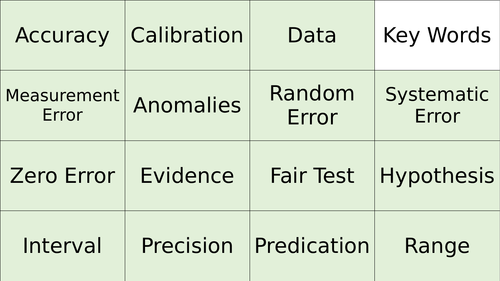Mr Francis - Simple Science
With over 8 years of teaching experience, I am dedicated to crafting engaging worksheets and activities that will inspire and empower students in their science education journey. Whether you're a teacher looking for resources to enhance your classroom experience or a student seeking to deepen your understanding of scientific concepts, you've come to the right place. Simple Science is all about making learning fun and accessible that meets the needs for all students in your classroom.




















